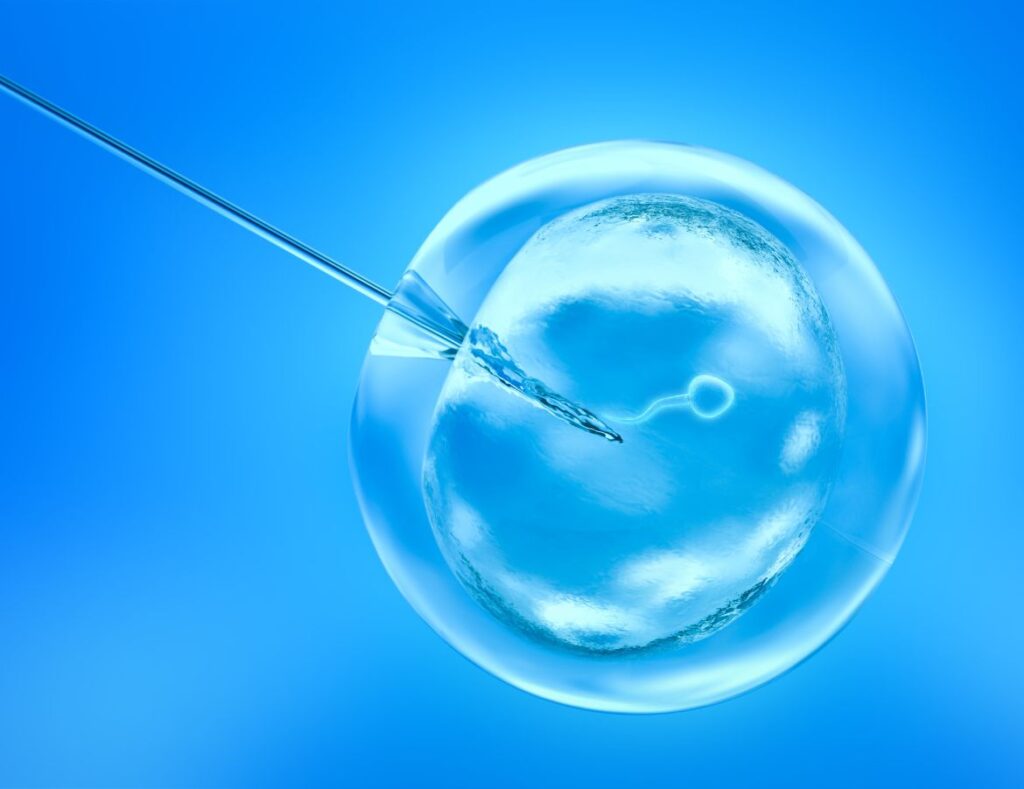Assisted Reproductive Technology (ART) has transformed the landscape of fertility treatment, offering hope to millions of individuals and couples worldwide. With the continuous advancement of medical science, ART now encompasses a variety of sophisticated options designed to address a wide range of fertility challenges. This blog explores some of the most advanced ART options available today, shedding light on how these cutting-edge technologies are helping more people achieve their dream of parenthood.
In Vitro Fertilization (IVF): The Foundation of ART
In Vitro Fertilization (IVF) remains the cornerstone of ART, having paved the way for many of the advanced techniques used today. IVF involves the fertilization of an egg with sperm outside the body, in a controlled laboratory environment. Once fertilization occurs, the resulting embryos are cultured for a few days before being transferred into the uterus.

While IVF has helped countless individuals and couples overcome infertility, its success can be further enhanced by integrating more advanced technologies and techniques.
Intracytoplasmic Sperm Injection (ICSI)
Intracytoplasmic Sperm Injection (ICSI) is an advanced ART technique that addresses male factor infertility, particularly in cases where sperm quality or quantity is compromised. In ICSI, a single sperm is carefully injected directly into the cytoplasm of an egg, facilitating fertilization. This technique has significantly improved the chances of successful fertilization in couples with severe male infertility issues, including low sperm count, poor motility, or abnormal morphology.
ICSI is often used in conjunction with IVF, particularly in cases where previous IVF cycles have failed due to fertilization issues.
Preimplantation Genetic Testing (PGT)
Preimplantation Genetic Testing (PGT) is a powerful tool that enhances the success rate of IVF by screening embryos for genetic abnormalities before they are transferred to the uterus. PGT can be particularly beneficial for individuals or couples with a history of genetic disorders, recurrent pregnancy loss, or advanced maternal age.
There are three primary types of PGT:
- PGT-A (Preimplantation Genetic Testing for Aneuploidy): This test screens embryos for chromosomal abnormalities, such as Down syndrome, by counting the number of chromosomes in each embryo. Only embryos with the correct number of chromosomes are selected for transfer, increasing the likelihood of a healthy pregnancy.
- PGT-M (Preimplantation Genetic Testing for Monogenic/Single Gene Disorders): This test is used to detect specific genetic mutations associated with inherited diseases, such as cystic fibrosis or sickle cell anemia. Couples who are carriers of genetic disorders can use PGT-M to ensure that only embryos free of these conditions are transferred.
- PGT-SR (Preimplantation Genetic Testing for Structural Rearrangements): This test screens for structural chromosomal abnormalities, such as translocations or inversions, which can lead to miscarriage or congenital disabilities.
Time-Lapse Embryo Imaging (Embryoscope)
Time-lapse embryo imaging, often referred to as an Embryoscope, is a cutting-edge technology that allows continuous monitoring of embryo development without disturbing the culture environment. This advanced ART option captures images of embryos at regular intervals, providing valuable insights into their development.
The use of time-lapse imaging helps embryologists select the most viable embryos for transfer, as it offers a more detailed view of embryo morphology and development patterns. Studies have shown that time-lapse imaging can improve embryo selection and increase the chances of successful implantation and pregnancy.
Assisted Hatching
Assisted hatching is an advanced ART technique used to improve the chances of embryo implantation in the uterus. The process involves creating a small opening in the outer shell (zona pellucida) of the embryo, either chemically, mechanically, or with a laser. This opening helps the embryo “hatch” and implant more easily into the uterine lining.
Assisted hatching is particularly beneficial for individuals or couples with a history of failed IVF cycles, advanced maternal age, or embryos with a thicker zona pellucida. By enhancing the implantation process, assisted hatching can increase the likelihood of a successful pregnancy.
Egg and Sperm Donation
Egg and sperm donation are vital options in ART for individuals or couples who cannot use their own gametes due to various reasons, such as poor egg or sperm quality, genetic disorders, or age-related fertility decline.

Egg donation involves retrieving eggs from a healthy donor, which are then fertilized with sperm (either from a partner or a sperm donor) via IVF. The resulting embryos are transferred to the recipient’s uterus. Sperm donation follows a similar process, where donor sperm is used to fertilize the recipient’s eggs.
Donor gametes have opened up new possibilities for those who previously had limited options for building a family, offering high success rates and the potential for a genetically healthy pregnancy.
Surrogacy
Surrogacy is an advanced ART option where a surrogate (gestational carrier) carries a pregnancy on behalf of another individual or couple. This option is often pursued when a person cannot carry a pregnancy due to medical reasons, such as the absence of a uterus, severe uterine abnormalities, or health conditions that make pregnancy unsafe.
There are two types of surrogacy:

- Traditional Surrogacy: The surrogate is genetically related to the child, as her egg is used in the process. Traditional surrogacy is less common due to legal and ethical considerations.
- Gestational Surrogacy: The surrogate has no genetic link to the child. An embryo created via IVF using the intended parents’ or donors’ eggs and sperm is transferred to the surrogate’s uterus. Gestational surrogacy is the more widely accepted and practiced form of surrogacy.
Conclusion
The field of Assisted Reproductive Technology has seen remarkable advancements, offering a wide array of options for those facing infertility. From traditional IVF to cutting-edge techniques like ICSI, PGT, and time-lapse embryo imaging, these technologies have revolutionized fertility treatment, providing hope and possibilities for individuals and couples on their path to parenthood.
As ART continues to evolve, it is essential for patients to work closely with their fertility specialists to determine the most appropriate options based on their unique circumstances. With personalized care and the latest advancements in reproductive medicine, the dream of building a family is more attainable than ever before.

No Comments